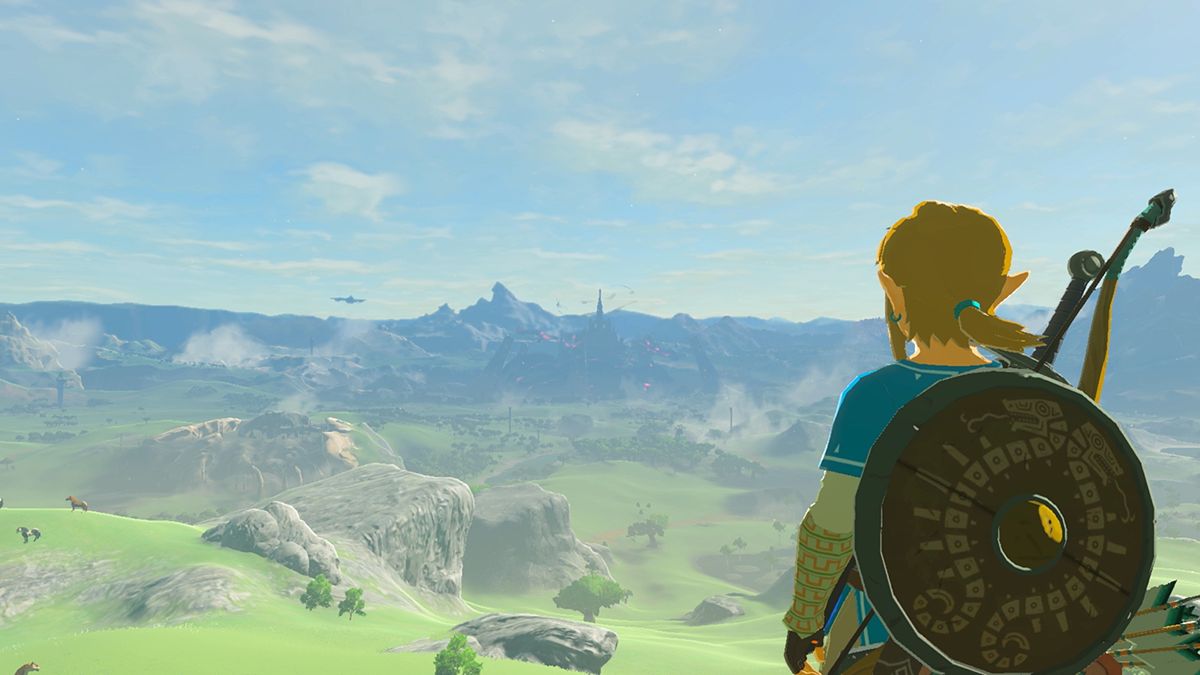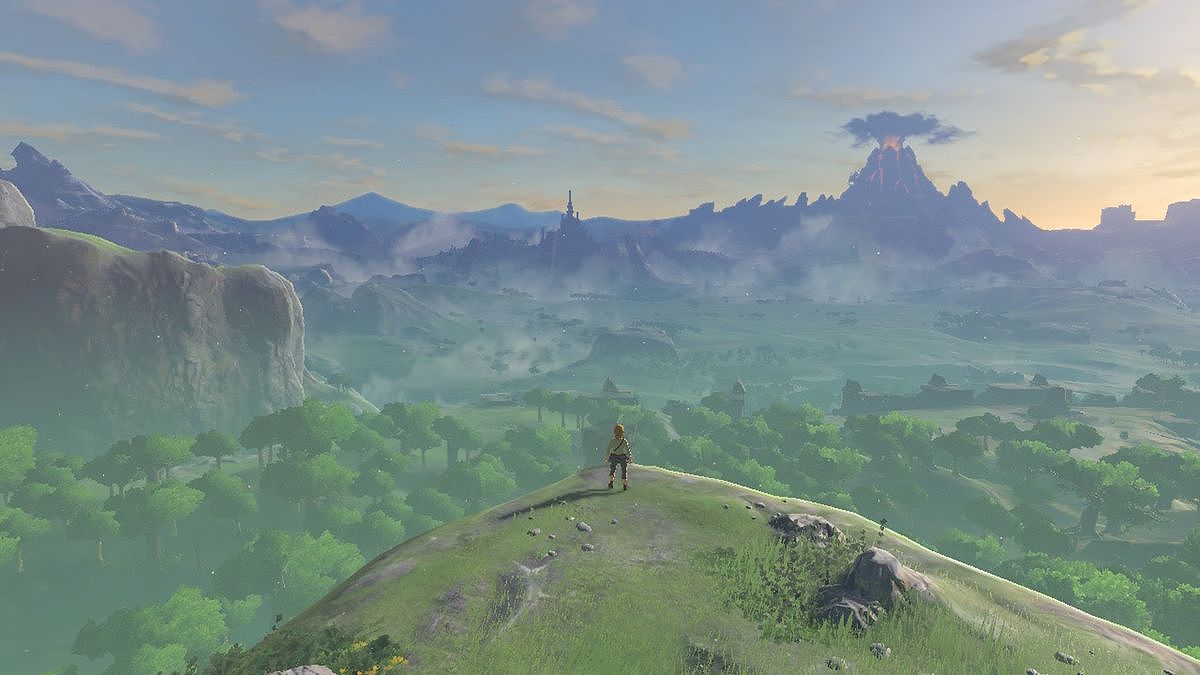Comparing Breath of the Wild and Tears of the Kingdom: A Tale of Two Zelda Games

Explore the differences between The Legend of Zelda: Breath of the Wild and its sequel, Tears of the Kingdom, as they offer contrasting gameplay styles and delve into the future of the franchise.
Hand-holding and Exploration in Breath of the Wild and Tears of the Kingdom
When comparing The Legend of Zelda: Breath of the Wild and its sequel, Tears of the Kingdom, one noticeable difference is the level of hand-holding and exploration in each game.

( Credit to: Gamesradar )
In Breath of the Wild, players are provided with significant guidance, being directed to specific locations and given clear objectives early on. This hand-holding approach offers a more linear and straightforward experience, akin to being guided by a parent across a busy street. On the other hand, Tears of the Kingdom takes a different approach, leaving players to explore a vast and seemingly overwhelming open-world map with minimal direction. This freedom to explore and discover on their own can initially be daunting, but it also offers a sense of adventure and the opportunity to truly immerse oneself in the game world.

( Credit to: Gamesradar )
Sparse vs. Expansive Hyrule: Contrasting Environments in Breath of the Wild and Tears of the Kingdom
Another key distinction between Breath of the Wild and Tears of the Kingdom lies in the environments they present.

( Credit to: Gamesradar )
In Breath of the Wild, the landscapes of Hyrule often feel barren and empty, with a sense of vastness that can sometimes be isolating. This minimalistic approach can make it easy to forget which game you are playing, as the world lacks the vibrant and visually engaging elements found in Tears of the Kingdom. In contrast, Tears of the Kingdom offers a more expansive and lively world, filled with vibrant colors, diverse landscapes, and a greater sense of life and activity. This creates a more immersive experience, where every corner of the map holds the potential for discovery and adventure.
Furthermore, the limited availability of metal objects in Breath of the Wild limits the versatility of the Magnesis ability, which allows players to manipulate metal objects. In Tears of the Kingdom, the abundance of interactive elements and objects expands the possibilities for exploration and puzzle-solving, adding another layer of depth to the gameplay.
Pace and Quests: Contrasting Gameplay Experiences in Breath of the Wild and Tears of the Kingdom
The pace of gameplay and the emphasis on quests in Breath of the Wild and Tears of the Kingdom differ significantly.
In Breath of the Wild, the main missions take precedence, and the game encourages players to progress through the story. This faster pace can create a sense of urgency and push players to complete objectives quickly. However, the limited number of substantial side quests may leave some players feeling impatient or craving more content.
On the other hand, Tears of the Kingdom places a greater emphasis on exploration and the completion of side quests. The game encourages players to take their time, explore various areas, and engage in activities beyond the main story. This slower pace allows for a more immersive and in-depth experience, where players can fully immerse themselves in the world and its rich lore.
The Future of the Zelda Franchise: Building Upon Breath of the Wild and Tears of the Kingdom
As fans eagerly anticipate the next installment in the Zelda franchise, it’s worth considering how Breath of the Wild and Tears of the Kingdom have shaped the future of the series.
These two games have showcased the evolution of the franchise, with each building upon the foundation laid by its predecessor. The structured guidance and linear experience of Breath of the Wild served as a training ground for the more complex systems and open-world exploration found in Tears of the Kingdom.
Looking ahead, it’s intriguing to speculate on how the next Zelda game could further expand on these systems. Will future games allow players to utilize all the runes and abilities in one game, or would that make the protagonist, Link, too powerful? Only time will tell, but fans can expect more innovation and exciting gameplay mechanics as the series continues to push the boundaries of what a Zelda game can be.
